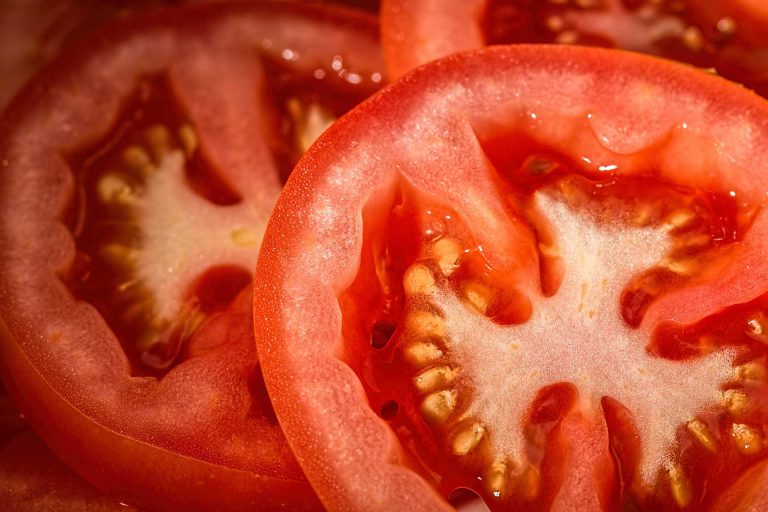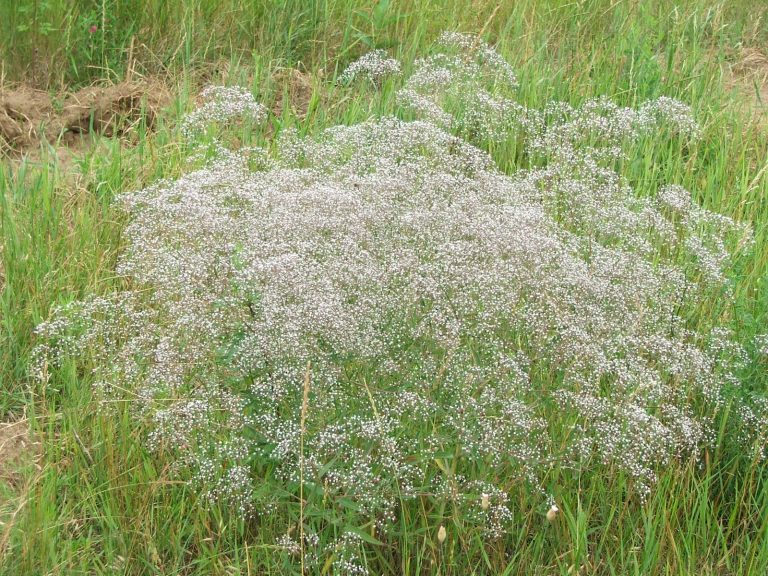Water Melon
Scientific Classification
| Kingdom: | Plantae |
| (unranked): | Angiosperms |
| (unranked): | Eudicots |
| (unranked): | Rosids |
| Order: | Cucurbitales |
| Family: | Cucurbitaceae |
| Genus: | Citrullus |
| Species: | C. lanatus |
| Binomial name: | Citrullus lanatus |
People think that the watermelon has its origin from Southern part of Africa. From the second millennium B.C., one can see abundant proof of its harvest in the Nile Valley. At present this watermelon is grown in 44 states of the US by the farmers for business purposes, and more or less all these types possess ‘Charleston Gray’ in their heredity.
Anatomy
Botanists refer to the fruit as watermelon and call it “pepo” a typical variety. The pepo is a berry that has a thick rind (exocarp) the center (mesocarp and endocarp) are fleshy.
Habitat
The watermelon Citrillus lanatushas its origin in Africa from the Kalahari Desert; however, we find it in many parts of the world, including the warm temperate zones, subtropical regions and the tropical regions.
Growing Watermelon Domestically

Photo by: Scott Bauer
Soil for Planting
Watermelons need enough area for stretching out, with warm nights and hot days. Select the right type of watermelon that you want to grow depending on the type of land you have for it. You need to implement these little organic techniques and you get a rich harvest of sweet and juicy melons at this time. Place a chunky stratum of straw round the melon vine, this prevents the growth of weeds and evenly distributes moisture to the soil.
Watermelons prefer a well-drained, fertile and loamy soil. In order to confirm that your soil gets sufficient drainage look at it after a pouring rain; puddles found in the dirt signify that the soil has not undergone proper draining. For more enrichment of the soil plow compost to its top layers
Planting
For planting your seeds, make mounds of earth (hills) with the help of a hoe or tractor. As per land availability, separate the seeds at 2 to 6 feet (60cm to 1.8m). Make small mounds out of the soil where you want to plant your seeds, this guarantees you a soil loose enough for the roots to penetrate and grow, and it helps in conserving moisture during dry climate. You get your watermelon seedlings and seeds at the nurseries during the beginning of spring.
Watering
Use soaker hoses or drip irrigation as the ideal methods of giving your watermelons a non-stop supply of humidity. When the climate is humid do not soak the leaves, but water the roots directly; these are preventive measures for foliage diseases. Water your melons at least once a day for the soil does not become arid.
Temperature and Humidity
A soil of pH value 6.0 – 6.8 is ideal for your watermelon growing. Examine the pH value of your soil to confirm its level of suitability for your watermelon plants. Otherwise, alter the balance by supplementing compounds that you get from the plant nursery.
Flowering and Maturing
- The melon becomes ripe, when the little tendrils on the creeper opposite to where you find the watermelon’s stem attached, turns brown and dries out.
- “1,001 garden tips” states that when you thump a watermelon, if you get a flat, dead sound it indicates that the fruit is ripe; besides this is universally accepted. In case the reverberation is musical, ringing or hollow, it is a definite proof that it is immature.
- Unripe watermelon rinds have a fine shiny gloss; once the melons are ripe, they lose this sheen and the rind becomes dull.
- When they mature, the place where the melons are resting on the ground becomes greenish-yellow.
Care
Be certain you remove the weeds round the base and throughout the vine.
Pests and Pesticides
- Beware of cucumber beetles that are fond of watermelons. The other pests are mites and aphids.
Even though cucumber beetles are very fond of muskmelon and cucumbers, they relish watermelons too. For the majority of the cucumber beetle infestations, a good and safe treatment is insecticidal soap.
Harvest Month and Storage

Photo by: Scott Bauer
Varieties
Some of the varieties of watermelons are, ‘Densuke’, ‘The Yellow Crimson’, ‘Cream of Saskatchewan’, ‘Caroline Cross’, ‘Moon and Stars’, ‘Melitopolski’, and ‘The Orangeglo’.

Having discovered a fondness for insects while pursuing her degree in Biology, Randi Jones was quite bugged to know that people usually dismissed these little creatures as “creepy-crawlies”.







